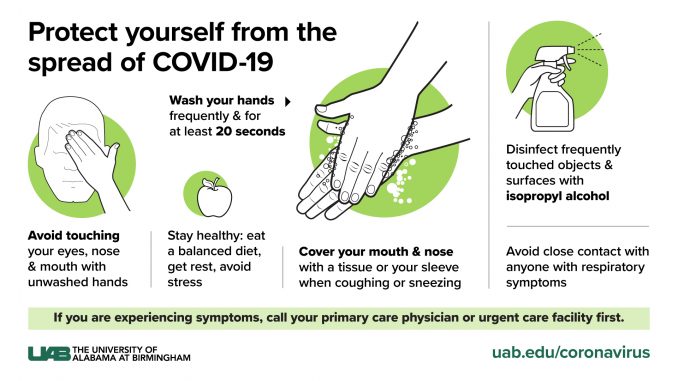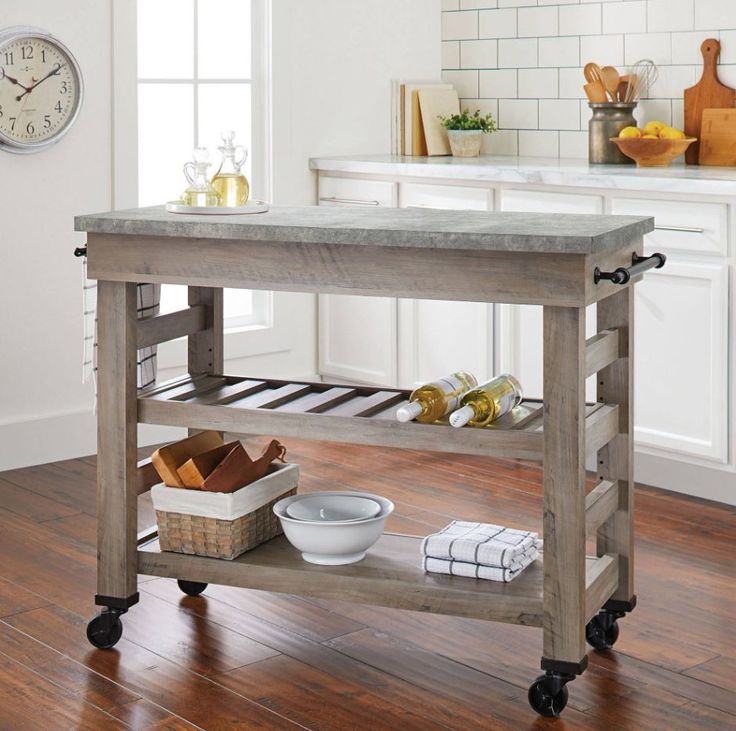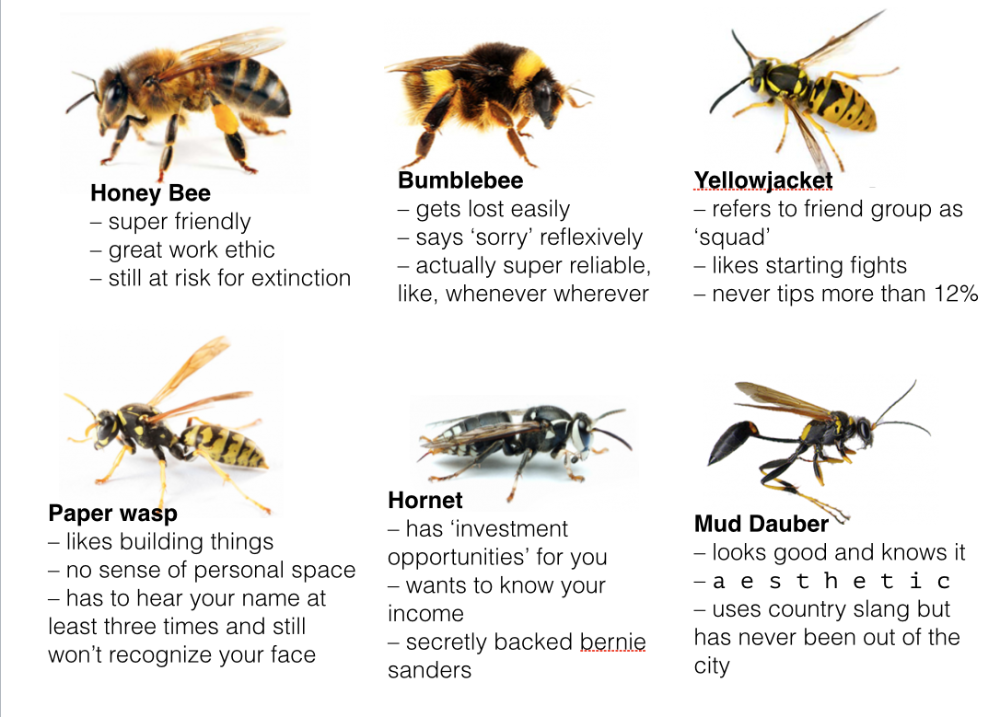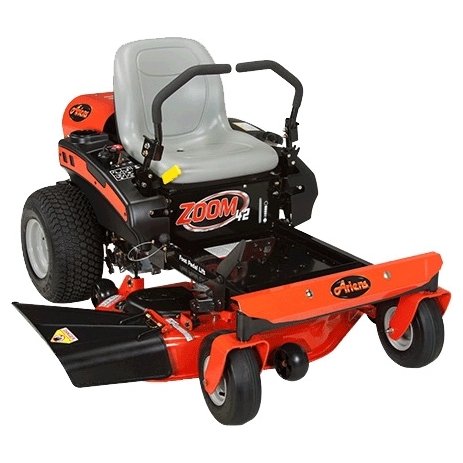Preventing bamboo from spreading
Controlling Bamboo Spread | Bamboo Garden
Price ListBamboo TypesBamboo ControlBamboo CareBarrier InstallationBamboo CatalogOur GardenFAQsSearch
A step-by-step guide to
bamboo control
Controlling bamboo spread
Bamboo is a multipurpose plant. It’s edible, beautiful, and ecologically beneficial. But we can only reap those benefits by taking the best care of our plants. Quality bamboo control starts at the very beginning of the planting process. This page covers how to plant bamboo, maintain its growth, and control its spread.
The key to successful bamboo control is learning how to prune the rhizomes. Removing shoots and canes above ground level merely hides the evidence; it does not prevent spreading. Although HDPE Bamboo Barrier is now used extensively and sold by many vendors, including us, we believe root pruning should be the first option. Any bamboo grower should familiarize themselves with basic root pruning techniques, even if using barrier. Providing a thorough education is one of our top priorities. We believe anyone who sells bamboo has an obligation to give clear and accurate information about the nature of bamboo and how to master it. Consider the following proactive methods for taming bamboo.
Part I: Root Pruning Bi-annual root pruning around the edge of a running bamboo is the most effective way to achieve long-term control. Fortunately, rhizomes are usually very shallow rooted and prefer to grow in loose topsoil 2-5 inches beneath the surface. Root pruning is achieved by working around the bamboo with a sharp spade, driving it into the ground and removing the wayward rhizome. One can generally feel the rhizome as the spade cuts it. The rhizome can be cut back to about two feet from the parent plant, or to wherever bamboo growth is desired. It is necessary to leave some rhizome attached so that the bamboo can produce healthy new shoots in the spring. Cut off and completely remove the rhizomes that are discovered outside of their designated area.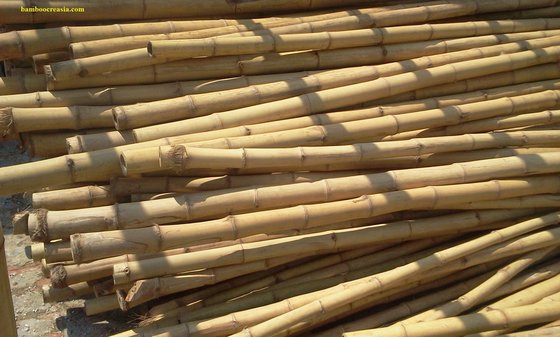 Small segments of rhizomes can rejuvenate so make sure to be thorough. The smaller, leftover feeder-roots will not grow into new bamboo plants. A ripper on the back of a tractor works well for edging long distances. Although digging rhizomes seems challenging, with careful planning, conditions can be created that simplify this task. One can maintain a shallow trench (8-12 inches deep by 12 inches wide) to control the spread of rhizomes. Check for creeping rhizomes a couple of times in the late summer and early fall to see if any of them have tried to cross the trench. If so, cut and remove them. After doing this a few times one learns where the rhizomes are most likely to be, and therefore, where to check more frequently. Because rhizomes are shallow, they often poke out the side of the trench. If a trench is impractical for the area, it can be filled with a loose media, such as sand, which is easy to dig into for root cutting. If one side is inaccessible for pruning, one can install an open-sided barrier and root prune along the edge that is easy to access.
Small segments of rhizomes can rejuvenate so make sure to be thorough. The smaller, leftover feeder-roots will not grow into new bamboo plants. A ripper on the back of a tractor works well for edging long distances. Although digging rhizomes seems challenging, with careful planning, conditions can be created that simplify this task. One can maintain a shallow trench (8-12 inches deep by 12 inches wide) to control the spread of rhizomes. Check for creeping rhizomes a couple of times in the late summer and early fall to see if any of them have tried to cross the trench. If so, cut and remove them. After doing this a few times one learns where the rhizomes are most likely to be, and therefore, where to check more frequently. Because rhizomes are shallow, they often poke out the side of the trench. If a trench is impractical for the area, it can be filled with a loose media, such as sand, which is easy to dig into for root cutting. If one side is inaccessible for pruning, one can install an open-sided barrier and root prune along the edge that is easy to access. Planting bamboo on berms or in raised beds is useful because the loose, rich topsoil provides a healthy growing area and the rhizome can predictably be found in the upper layer. Once the rhizome comes out of the edge of the berm it can be easily found and cut. Loose topsoil makes it easy to remove long runners. Bamboo has difficulty running down a slope or over a ledge and often exposes itself in the process. The use of river rock or pebbles to decorate the ground beneath the bamboo is not advised. Fallen leaves will quickly cover them and ultimately the bamboo roots will engulf them. This makes root pruning or digging in the future much more difficult. Tools will blunt and break against rocks. The occasional well-placed boulder or cement pagoda is a good compromise.
Planting bamboo on berms or in raised beds is useful because the loose, rich topsoil provides a healthy growing area and the rhizome can predictably be found in the upper layer. Once the rhizome comes out of the edge of the berm it can be easily found and cut. Loose topsoil makes it easy to remove long runners. Bamboo has difficulty running down a slope or over a ledge and often exposes itself in the process. The use of river rock or pebbles to decorate the ground beneath the bamboo is not advised. Fallen leaves will quickly cover them and ultimately the bamboo roots will engulf them. This makes root pruning or digging in the future much more difficult. Tools will blunt and break against rocks. The occasional well-placed boulder or cement pagoda is a good compromise.
Well thought maintenance plans are often a combination of these techniques. For instance, creating a raised berm, trenching around the bamboo, and then root pruning is more effective than only trenching or root pruning. Combining and mastering all three techniques will give you the most experience and control over your bamboo. If you plan to use barrier to control the spread of running bamboo, it is important to install it properly to ensure its effectiveness. An open-sided barrier is a good choice for long term health and bamboo control. It requires annual root pruning on the side left open. There are some advantages to doing this. Mainly it will prevent bamboo from becoming too root bound within a small, enclosed space. It also assures that the planting area has adequate drainage, which is especially important in certain areas that collect a lot of water in the winter. It is often used to create a border along a fence line or property line if your main concern is keeping good neighborly relations. An open-sided barrier (half circle or U-shape) will focus the rhizomes in one direction, thus reducing and simplifying the area that needs annual pruning. This is a good technique to use for small areas (less than 30 feet total circumference), or if you are planning to dig divisions of the original plant at a later date.
Combining and mastering all three techniques will give you the most experience and control over your bamboo. If you plan to use barrier to control the spread of running bamboo, it is important to install it properly to ensure its effectiveness. An open-sided barrier is a good choice for long term health and bamboo control. It requires annual root pruning on the side left open. There are some advantages to doing this. Mainly it will prevent bamboo from becoming too root bound within a small, enclosed space. It also assures that the planting area has adequate drainage, which is especially important in certain areas that collect a lot of water in the winter. It is often used to create a border along a fence line or property line if your main concern is keeping good neighborly relations. An open-sided barrier (half circle or U-shape) will focus the rhizomes in one direction, thus reducing and simplifying the area that needs annual pruning. This is a good technique to use for small areas (less than 30 feet total circumference), or if you are planning to dig divisions of the original plant at a later date. The stainless steel clamp is not needed for these applications. Check around the perimeter of the barrier once or twice a year, removing any rhizomes trying to escape over the top of the barrier or rhizomes that track just underground along the edges. Avoid digging too close to the barrier with a sharp tool or anything that could potentially damage the barrier, and never allow a mower or any other machinery to damage the protruding edges. This could cause the rhizomes (underground spreading stems) to escape undetected. The use of bark mulch or other loose, organic substances spread 2 to 5 inches deep over the top of your planting area within the barrier encourages the rhizomes to spread just inches below the surface, making them very easy to locate and prune. It also makes for a healthier bamboo! It is recommended that you annually prune any rhizomes that track along the edges of your barrier as, over a several year period, they can build up a tremendous amount of pressure which, in some cases, can eventually cause the barrier to fail.
The stainless steel clamp is not needed for these applications. Check around the perimeter of the barrier once or twice a year, removing any rhizomes trying to escape over the top of the barrier or rhizomes that track just underground along the edges. Avoid digging too close to the barrier with a sharp tool or anything that could potentially damage the barrier, and never allow a mower or any other machinery to damage the protruding edges. This could cause the rhizomes (underground spreading stems) to escape undetected. The use of bark mulch or other loose, organic substances spread 2 to 5 inches deep over the top of your planting area within the barrier encourages the rhizomes to spread just inches below the surface, making them very easy to locate and prune. It also makes for a healthier bamboo! It is recommended that you annually prune any rhizomes that track along the edges of your barrier as, over a several year period, they can build up a tremendous amount of pressure which, in some cases, can eventually cause the barrier to fail.
Learn about
The key to successful bamboo control is pruning the rhizomes.
Any bamboo grower should familiarize themselves with basic root pruning techniques, even if using a barrier. Consider the following proactive methods for taming bamboo.
Bi-annual root pruning around the edge of a running bamboo is the most effective way to achieve long-term control. Root pruning is achieved by working around the bamboo with a sharp spade, driving it into the ground and removing the wayward rhizome. One can generally feel the rhizome as the spade cuts it.
Cutting rhizomes
Cut off and completely remove the rhizomes that are discovered outside of their designated area. Fortunately, rhizomes are usually very shallow rooted and prefer to grow in loose topsoil (2-5 inches beneath the surface). The rhizome can be cut back to about two feet from the parent plant, or to wherever bamboo growth is desired. It is necessary to leave some rhizome attached so that the bamboo can produce healthy new shoots in the spring.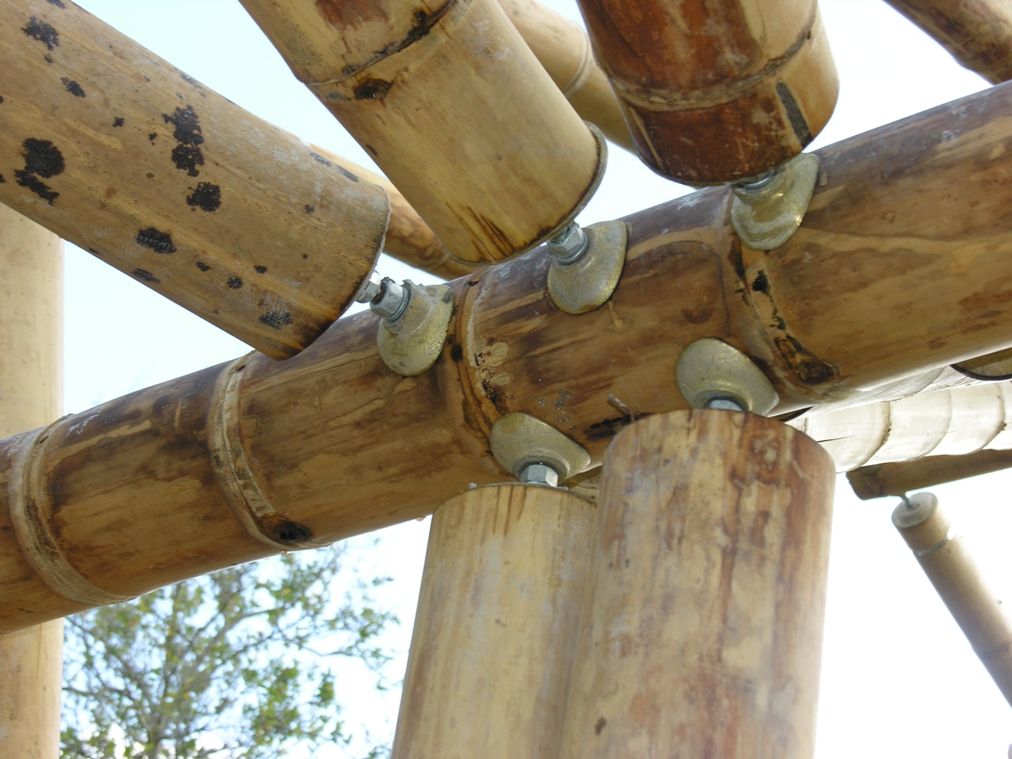 Small segments of rhizomes can rejuvenate so be thorough. The smaller, leftover feeder-roots will not grow into new bamboo plants. A ripper on the back of a tractor works well for edging long distances.
Small segments of rhizomes can rejuvenate so be thorough. The smaller, leftover feeder-roots will not grow into new bamboo plants. A ripper on the back of a tractor works well for edging long distances.
Although digging rhizomes seems challenging, with careful planning, conditions can be created that simplify this task. One can maintain a shallow trench (8-12 inches deep by 12 inches wide) to control the spread of rhizomes. Check for creeping rhizomes a couple of times in the late summer and early fall to see if any of them have tried to cross the trench. If so, cut and remove them. After doing this a few times one learns where the rhizomes are most likely to be, and therefore, where to check more frequently. Because rhizomes are shallow, they often poke out the side of the trench. If a trench is impractical for the area, it can be filled with a loose material, such as sand, which is easy to dig into for root cutting. If one side is inaccessible for pruning, one can install an open-sided barrier and root prune along the edge that is easy to access.
Rhizome maintenance
Planting bamboo on berms or in raised beds is useful because the loose, rich topsoil provides a healthy growing area and the rhizome can predictably be found in the upper layer. Once the rhizome comes out of the edge of the berm it can be easily found and cut. Loose topsoil makes it easy to remove long runners. Bamboo has difficulty running down a slope or over a ledge and often exposes itself in the process. The use of river rock or pebbles to decorate the ground beneath the bamboo is not advised. Fallen leaves will quickly cover them and ultimately the bamboo roots will engulf them. This makes root pruning or digging in the future much more difficult. Tools will blunt and break against rocks. The occasional well-placed boulder or cement pagoda is a good compromise.
Well thought maintenance plans are often a combination of these techniques. For instance, creating a raised berm, trenching around the bamboo, and then root pruning is more effective than only trenching or root pruning. Combining and mastering all three techniques will give you the most experience and control over your bamboo.
Combining and mastering all three techniques will give you the most experience and control over your bamboo.
If you plan to use barriers to control the spread of running bamboo, it is important to install it properly to ensure its efficacy.
Barriers help to contain growth, spread, and even help with planning your bamboo planting process. Please read over the installation steps for open-sided and fully-enclosed barriers below.
Installation
Open-sided barriers are ideal for long term health and bamboo control. They require annual root pruning on the side left open. An open-sided barrier (half circle or U-shape) will focus the rhizomes in one direction, thus reducing and simplifying the area that needs annual pruning. It also assures that the planting area has adequate drainage which is especially important in certain areas that collect a lot of water in the winter. Curious about how to install open-sided barriers?
Click here to learn how to install.
Maintenance
Pruning the underground rhizomes around the perimeter of your bamboo planting area once in Summer and in Fall during their active growth period is the single best way to control the bamboo and prevent it from spreading. This should always be considered as the first option, and, if not possible or the area inaccessible for pruning, install the rhizome barrier. Remember: barriers do not stop the bamboo from growing, rather, it forces the underground rhizomes to grow in a certain direction. Bamboo enclosed inside a barrier still needs annual maintenance for long term health and control.
Fully Enclosed Barriers
For more controlled growth, fully-enclosed barriers are a more ideal bamboo installation option. If you are concerned about your bamboo encroaching on a neighbor’s space, or if you’d like to leave room for other plants, follow these steps for installing a fully-enclosed barrier.
If you plan to use barriers to control the spread of running bamboo, it is important to install it properly to ensure its efficacy.

Barriers help to contain growth, spread, and even help with planning your bamboo planting process. Please read over the installation steps for open-sided and fully-enclosed barriers below.
Installation
Open-sided barriers are ideal for long term health and bamboo control. They require annual root pruning on the side left open. An open-sided barrier (half circle or U-shape) will focus the rhizomes in one direction, thus reducing and simplifying the area that needs annual pruning. It also assures that the planting area has adequate drainage which is especially important in certain areas that collect a lot of water in the winter. Curious about how to install open-sided barriers?
Click here to learn how to install
Maintenance
Pruning the underground rhizomes around the perimeter of your bamboo planting area once in Summer and in Fall during their active growth period is the single best way to control the bamboo and prevent it from spreading. This should always be considered as the first option, and, if not possible or the area inaccessible for pruning, install the rhizome barrier.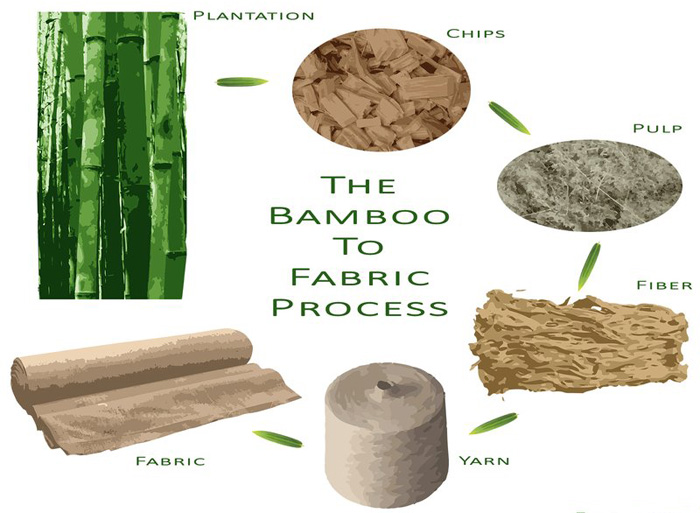 Remember: barriers do not stop the bamboo from growing, rather, it forces the underground rhizomes to grow in a certain direction. Bamboo enclosed inside a barrier still needs annual maintenance for long term health and control.
Remember: barriers do not stop the bamboo from growing, rather, it forces the underground rhizomes to grow in a certain direction. Bamboo enclosed inside a barrier still needs annual maintenance for long term health and control.
Fully Enclosed Barriers
For more controlled growth, fully-enclosed barriers are a more ideal bamboo installation option. If you are concerned about your bamboo encroaching on a neighbor’s space, or if you’d like to leave room for other plants, follow these steps for installing a fully-enclosed barrier.
Although many customers use bamboo to make tall, dense screens, there are many benefits to growing a full grove or bamboo forest. A flourishing bamboo grove is visually stunning, beneficial to the health of the environment and our bodies, and versatile in use.
A grove does not require much space to create a small sanctuary within the city. A planting area of about 50-60 feet in circumference (distance around the perimeter), or 10 inches x 20 inches, is sufficient if properly maintained. And thinning is an essential piece of grove maintenance. Read more for a brief description of how to maintain your grove’s health.
And thinning is an essential piece of grove maintenance. Read more for a brief description of how to maintain your grove’s health.
Culm thinning and removal techniques
Thinning prevents bamboo from becoming too congested. Allowing more light into the center of the grove often promotes larger overall growth and is helpful for controlling pests such as aphids or mites.
To start, remove any dead, scarred, or weak culms by horizontally cutting them at ground level. When targeting bamboo for timber or craft, make sure to cut canes that are at least three years old, so the wood has achieved the proper density. 5-6 year old canes are ideal.
Pruning for Aesthetics
Bamboo can be pruned into whatever shape is desired. One can cut a path into a hollow area in the middle of a grove, for example, and create a peaceful sanctuary. Some of the best species for producing groves include: Phyllostachys vivax, P. dulcis, P.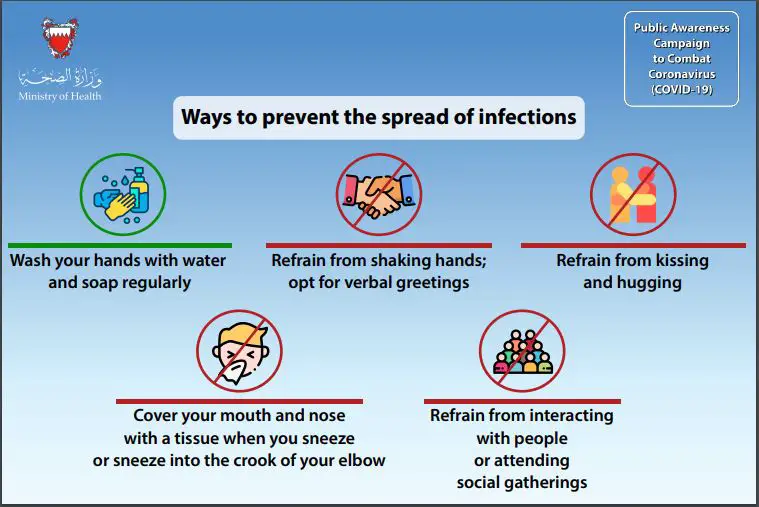 nigra ‘Henon’, and P. edulis “Moso”.
nigra ‘Henon’, and P. edulis “Moso”.
The ideal time for pruning is after the new culms have matured in late summer. Avoid pruning when the bamboo is producing new shoots (typically from spring through early summer). Do not remove more than a third of the grove or screen per year.
Bamboo can be topped to maintain a certain height or create a dense and defined canopy. Make cuts just above a node, so as not to leave a stub that will die back and look unsightly. The branches remaining below the cut will produce more foliage to make up for what they lost, thus creating a very dense cover. Colorful bamboo, such as Phyllostachys nigra and P. vivax ‘Aureocaulis’ can be enhanced by removing smaller culms and by cutting off lower branches, a technique called legging up. This draws attention to the beautiful, robust culms at the base of the plant.
Other uses for your bamboo grove
Did you know that bamboo is edible? Fresh bamboo shoots are much tastier and better for you than the canned and imported shoots that are often used in restaurants.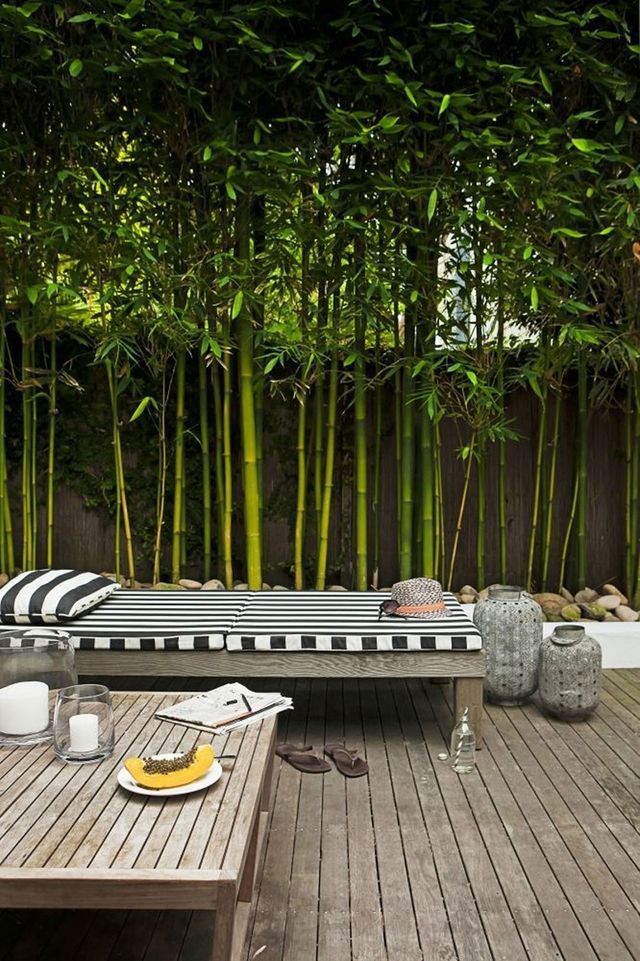 It's like any vegetable: better when fresh out of the ground. Savvy shoot farmers plant species that have staggered shooting times, so that they can have harvestable shoots from February through July.
It's like any vegetable: better when fresh out of the ground. Savvy shoot farmers plant species that have staggered shooting times, so that they can have harvestable shoots from February through July.
To harvest edible bamboo shoots in the spring, dig beneath the shoot and clip it off of the rhizome. Look for large diameter shoots that have grown 1 to 6 inches above the mulch level. Peel the culm sheaths away and cut the tender shoot into small pieces. Steam or sauté the shoots for a delicious meal.
How to stop bamboo from spreading |
If you've ever grown bamboo, you have definitely wondered how to stop bamboo from spreading. It might sound impossible, especially as the majority of weed-suppressant groundcovers will not stop it, but there are actually plenty of effective ways to stop bamboo from invading your garden.
If you are looking to introduce a bamboo plant into your backyard ideas, then you should give some thought to how to stop bamboo from spreading at the same time.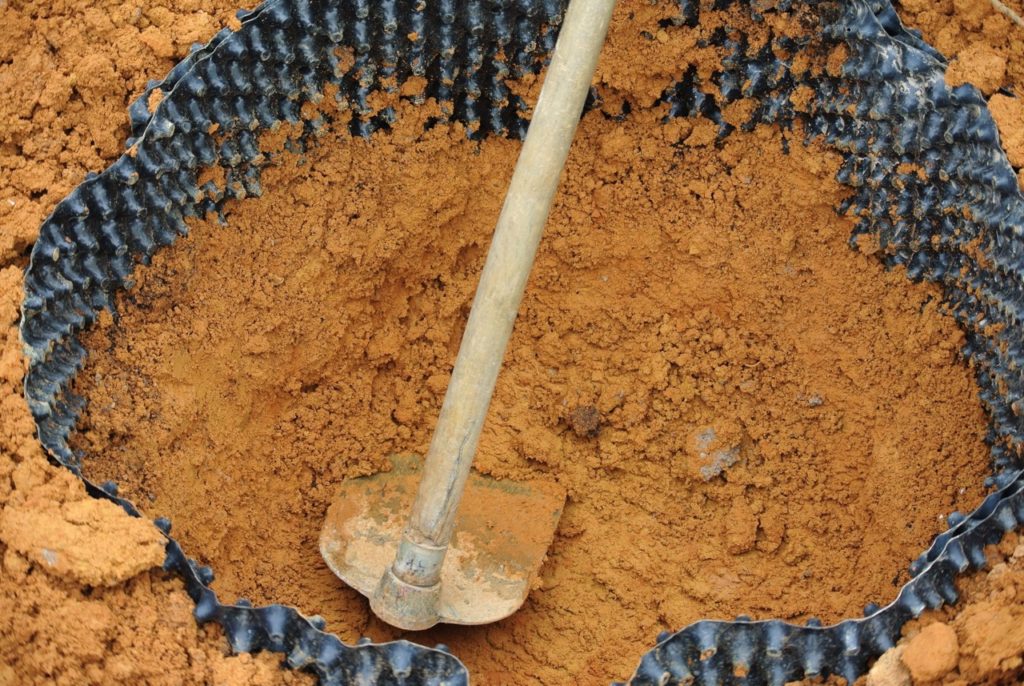 By doing this when you are first planting your bamboo, you will save yourself the challenge of controlling an unwieldy plant further down the line.
By doing this when you are first planting your bamboo, you will save yourself the challenge of controlling an unwieldy plant further down the line.
Despite its invasive propensities, bamboo is actually a highly beneficial plant when managed effectively. Due to its fast-growing nature, bamboo is often planted for screening since its dense, evergreen leafy appearance makes it an ideal plant for achieving garden privacy ideas.
'Furthermore, bamboo is an animal-resistant plant. Deer, raccoons, rabbits, and other mammals are not drawn to it at all, so planting bamboo in your garden can work to prevent animals from getting into your other plants,' explains Jeremy Yamaguchi, CEO of Lawn Love .
(Image credit: Getty Images)
How to stop bamboo from spreading
When it comes to figuring out how to stop bamboo from spreading, there are several different methods from which you can choose: from physical barriers through to chemical treatments.
Bamboo plants have two different growth patterns, there are clumping rhizomes and running rhizomes.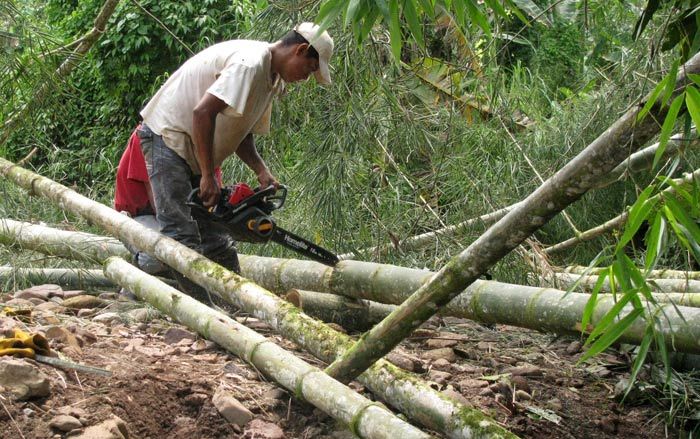 Clumping rhizomes are the more manageable of the two and can easily be stopped from spreading with regular pruning. However, bamboo plants with running rhizomes are more problematic.
Clumping rhizomes are the more manageable of the two and can easily be stopped from spreading with regular pruning. However, bamboo plants with running rhizomes are more problematic.
Bamboo plants with running rhizomes can grow underground for up to 20 feet from the main plant. 'If left alone, rhizomes will travel under driveways, patios, house foundations, and even through the cracks in concrete floors such as sheds and garages,' says experts from Rhizome Barrier . Therefore, if growing bamboo with running rhizomes, it is vital that you know how to stop bamboo from spreading to protect your garden space and prevent your bamboo plant turning yellow with stress.
(Image credit: Getty Images)
1. Stop bamboo from spreading by installing a sub-surface barrier
Using a subsurface barrier or root barrier to stop bamboo spreading is one of the most common methods. It is very similar to planting your bamboo in a large pot which is submerged under ground. The barrier contains the roots and prevents runners from cropping up elsewhere in your garden.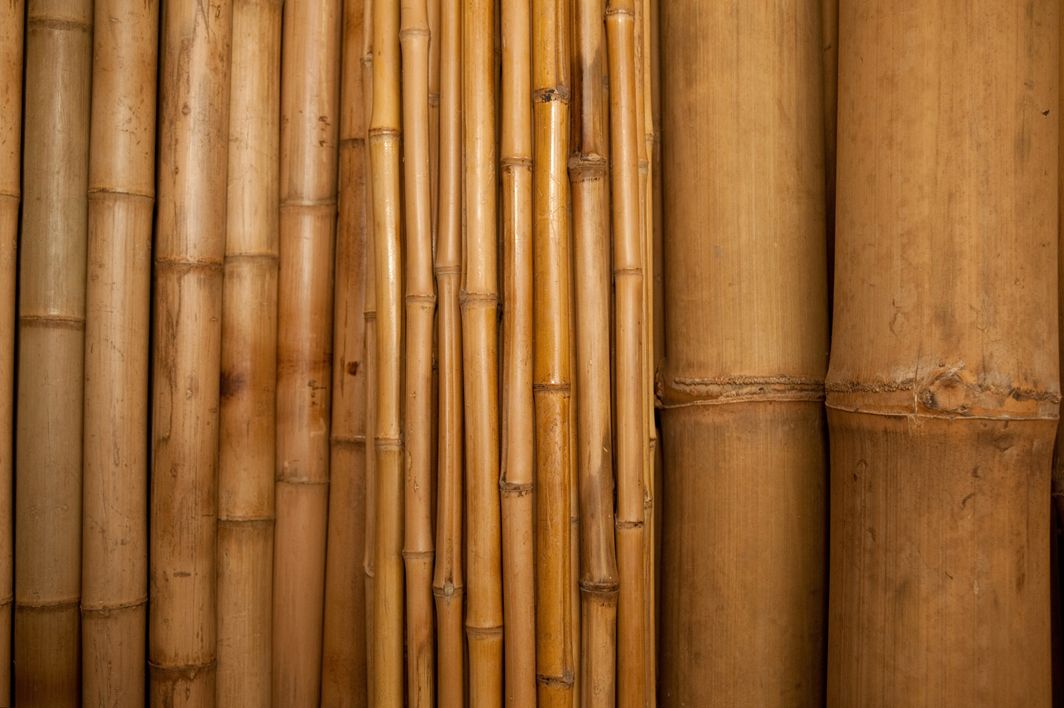
There are several different options of root barrier from which to choose. Typically these root barriers are made from high-density polyethylene and are purchased as a roll which is unrolled and buried below the ground to encircle the plant and prevent the roots from spreading. If you're wanting to stop bamboo from spreading opt for a root barrier of between 24 to 30 inches deep and a thickness of at least 60 mil.
One of the most efficient ways of how to stop bamboo from spreading, root barriers are fairly easy to install. Simply dig a trench around your entire bamboo plant. Dig two inches shallower than your root barrier – for example for a 30 inch deep barrier, dig a 28 inch trench – as you want to keep a small amount of the barrier above ground to prevent runners going over the barrier. Then install the barrier, overlapping at the join, and backfill.
You can also install a subsurface barrier around a pre-existing bamboo plant, however, you will need to manually break any rhizomes or roots that have gone beyond the border prior to installation.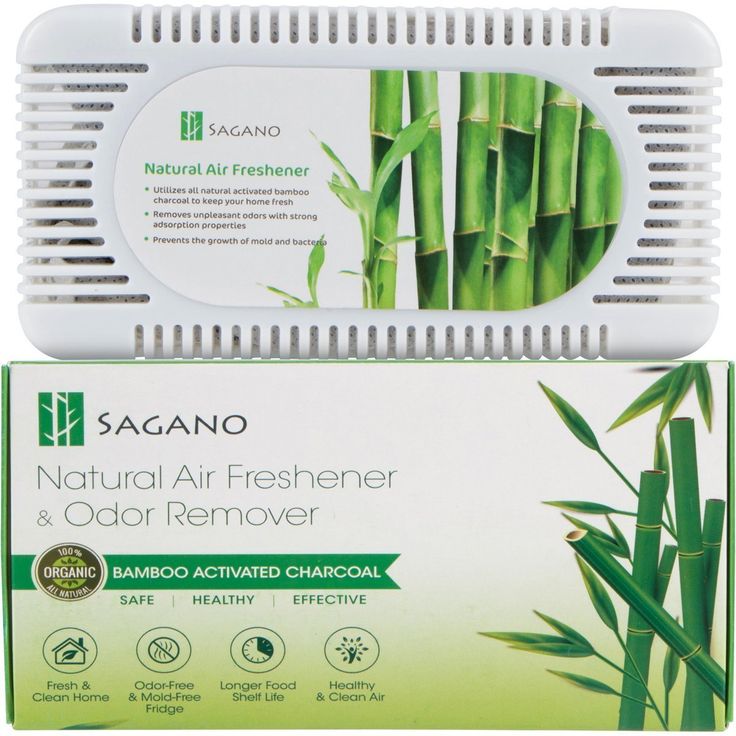
2. Sever the rhizomes to stop bamboo from spreading
(Image credit: Future / Claire Lloyd Davies)
Cost-effective but physically challenging, severing the rhizomes, also known as root pruning is a simple yet effective way to stop bamboo from spreading.
'All you have to do is take a spade or shovel and push it into the soil around the outside edge of where you want the bamboo to stop. Do it over and over again, overlapping where you last pushed your spade, until you have gone around the perimeter. This breaks the roots at that perimeter and prevents them from growing past it,' explains Jeremy Yamaguchi.
The main downside of this method is that it is only temporary and you will need to repeat it a few times every year to keep your bamboo plant from producing runners.
3. Stop bamboo from spreading by growing in a pot
(Image credit: Getty Images)
By far the easiest method to stop bamboo from spreading is to plant it in a pot rather than directly into the ground.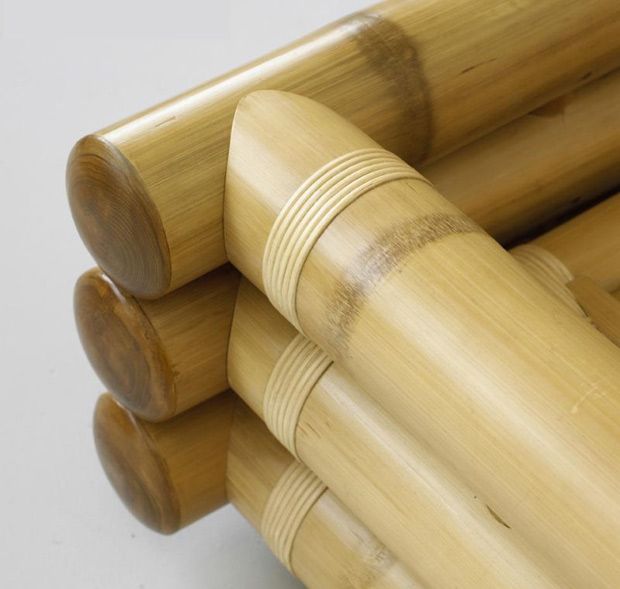 The pot contains the roots and prevents the bamboo from sending runners into the soil. Bamboo also makes for a beautiful addition to container gardening ideas and can be used as part of patio ideas to create a screen or windbreak.
The pot contains the roots and prevents the bamboo from sending runners into the soil. Bamboo also makes for a beautiful addition to container gardening ideas and can be used as part of patio ideas to create a screen or windbreak.
One word of note is that bamboo plants are very persistent, so avoid placing your pot onto soil as this will encourage the roots to grow through the drainage holes of the pot and send out runners that way.
4. Use a chemical weed killer – as a last resort
When researching 'how to stop bamboo from spreading', you will come across lots of different weed killers. While efficient, weedkillers are not the best option if you have other plants nearby or have pets or children that have free access to your garden. Weed-killers should only ever be used as a last resort due to the negative impact they have on wildlife garden ideas. You should first try the physical methods for how to stop bamboo from spreading before reaching for a chemical solution.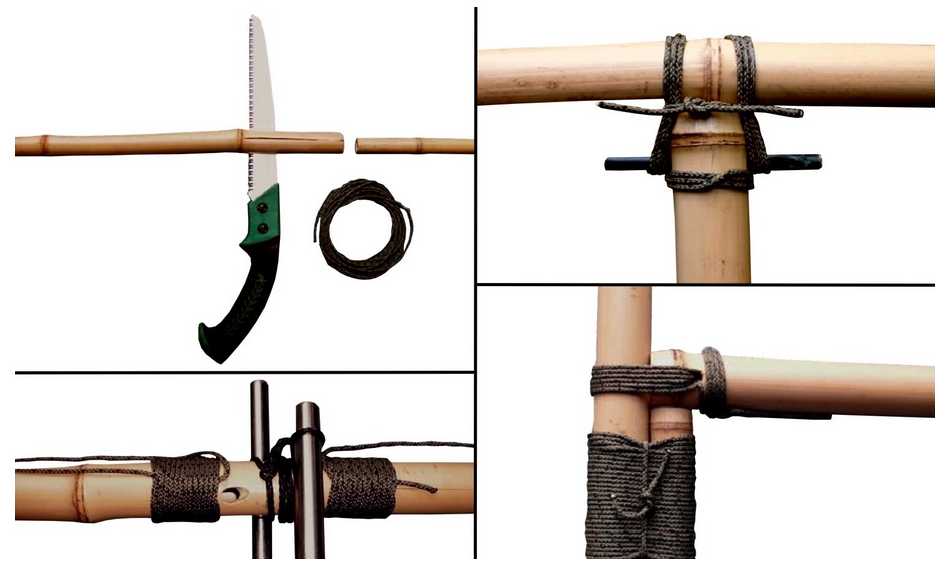
If none of the above options have worked, then weed killers can provide an effective, low-effort option that can be used to stop bamboo from spreading. Start by cutting down the unwanted canes to ground level. Then dress in protective clothing and ensure that children and pets are out of the way. Then apply a glyphosate-based weedkiller to the stumps – this is the same method used for how to remove Japanese knotweed. Cover with an old carpet and tarp and ensure that pets and children are kept away. Within a few days, this will kill the unwanted plant without harming the main bamboo.
(Image credit: Getty Images)
How do I keep my neighbor's bamboo from spreading?
You can keep your neighbor's bamboo from spreading by asking them to install a physical barrier around the plant or requesting that they replant the bamboo in a pot. If this is not possible, then you can simply manage the runners that appear in your own garden. You can do this by manually severing the roots at the point they enter your property and then digging up any plants that establish themselves in your garden.
How do I permanently remove bamboo?
You can permanently remove bamboo by pouring boiling water on the exposed roots – this will scald the roots and then kill the plant. Start by cutting the bamboo plant as close to the ground as possible and then dig around the plant to expose the roots. Pour the boiling water on the exposed roots. Be sure to dispose of discarded bamboo roots and stems either by incinerating or binning, as these can re-establish themselves if put on a compost heap. This is also a popular method for how to get rid of weeds.
An alternative method is to simply dig up the plant. To do this you will need to cut off the rhizomes and remove from the ground. This is quite a labor-intensive method and you need to make sure that you've severed all the roots as otherwise you will have runners that will appear elsewhere in your garden.
Limit the spread of bamboo 🌿 All about gardening and garden design
Many species of bamboo exhibit such strength that they invade the space allotted to them and beyond, causing trouble. With...
With...
Article content:
- 1. "Bamboo for life"
- 2. Has an elbow!
- What precautions?
- Conclusion
They grow fast, keep their leaves, but some are aggressive. Learn to master them.
Bamboo seduced the people who chose them to quickly create a screen of greenery. Unfortunately, planted in the ground without precaution, they are likely to leave their bed in search of new places to conquer. If bamboo loves, the rhizomes can spread several meters further. The scenarios below should make everyone realize the importance of proper bamboo planting.
1. “Bamboo for Life”
“I tried everything,” says Nicholas J. “I tore it apart, stabbed it with a shovel, but the smallest piece of root left in the ground made it go again!” It even started colonizing my neighbor's garden. desperately looking for a solution."
2. Has an elbow!
If precautions are not taken from the outset, the gardener will have no choice but to use the pick with relative success. Unfortunately, there is no effective natural method. Watch this video. It's in English, but the pictures speak for themselves!
What precautions?
Don't wait until it's too late. Once established, the bamboo will produce rhizomes of several meters per year. Nothing stops them: they will pass under your grass, invite you into your arrays. The best weapon is prevention, not cure.
- There are sticky bamboo which remain in the bundle. They don't colonize the land. In particular, select the Fargesia view.
- For others, it is important to install (true) anti rhizomes before planting in a 50 cm deep trench to prevent their spread.
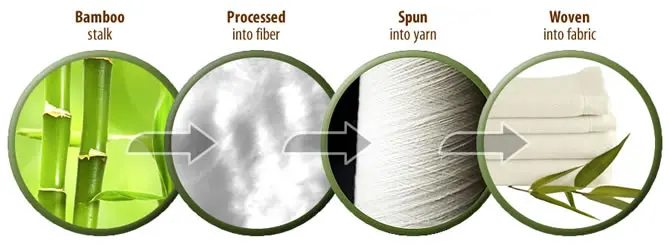 Rhizomes are powerful; Don't risk using a tarp that will let them go! Forget tiles, slate, geotextiles and pond cover.
Rhizomes are powerful; Don't risk using a tarp that will let them go! Forget tiles, slate, geotextiles and pond cover. - Attention in particular Phyllostachys , very common in horticulture, with rhizome traceability. Reserve them in pots (making sure the rhizomes don't come out through the drain hole).
- Make a trench (width equivalent to a good shovel) throughout the massif to prevent the spread of rhizomes. Look at this trench every year and clean up what's behind it. See picture.
conclusion
Rarely ill, maintenance-free, aesthetic with their colored canes, bamboos have values, but they know how to choose and maintain them.
Video on the topic of the article: .
Which herbicides kill bamboo? — Ideas for home
quison pascal / moment / GettyImages
Bamboo belongs to approximately 1200 types of woody perennial grasses, some of which grow rapidly and tend to become invasive.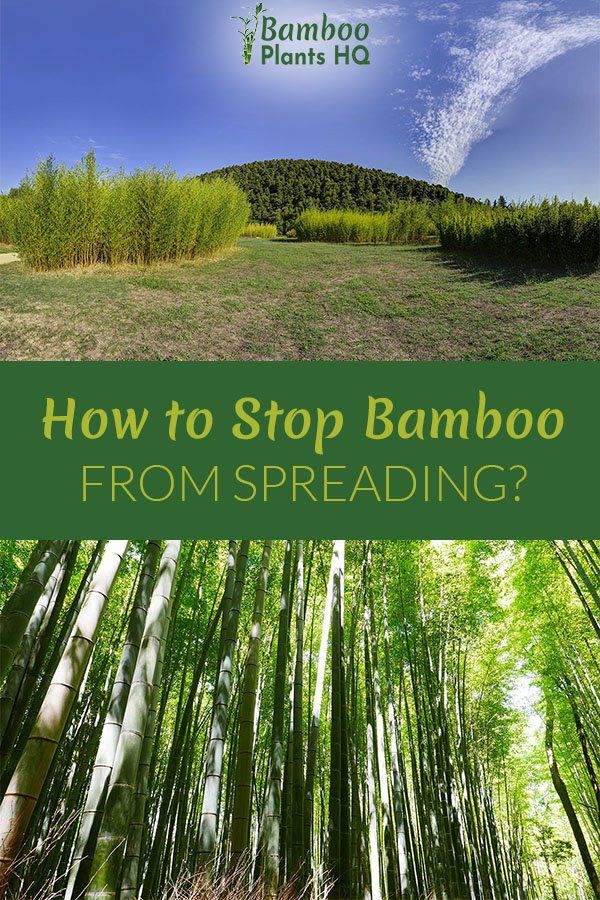 Bamboo herbicides are often needed to control this weed, which competes with other plants for space and nutrients. However, the fight against bamboo does not happen overnight. In fact, it can take years and require large doses of perseverance and patience.
Bamboo herbicides are often needed to control this weed, which competes with other plants for space and nutrients. However, the fight against bamboo does not happen overnight. In fact, it can take years and require large doses of perseverance and patience.
Bamboo versus running bamboo
There are two types of bamboo: sticky and running. Bamboo clumps grow only a few inches per year and are easy to remove by simply digging up the plants. On the other hand, running bamboo spreads very aggressively through underground rhizomes. Running bamboo rhizomes can spread from the mother plant to 100 or more, according to Clemson University. If even a small part of the running bamboo rhizome remains in the soil, it can recover.
So one way to prevent bamboo infestation is to simply plant the bamboo in clumps. Which type you choose depends on the climate you live in. Examples of clod bamboo include hardy bamboo (Fargesia rufa), one of the most cold-tolerant varieties, which reaches a height of approximately 10 feet. The Buddha Belly Bamboo (Bambusa ventricosa), which also does not run, can reach 55 feet in height. Unlike hardy bamboo, Buddha belly bamboo does not tolerate frost.
The Buddha Belly Bamboo (Bambusa ventricosa), which also does not run, can reach 55 feet in height. Unlike hardy bamboo, Buddha belly bamboo does not tolerate frost.
Best Bamboo Herbicide
inoc / Moment / GettyImages
Herbicide is often needed to kill bamboo that has become invasive. To combat bamboo, you should use a product that has the chemical glyphosate as an active ingredient—at least 41 percent glyphosate, according to an extension from Clemson University.
For glyphosate to work best, you must cut the bamboo and let it grow to about 3 feet in height. When new leaves grow, apply herbicide. You will need to do this several times over the course of several years to get the bamboo under control. Note that commercially available glyphosate herbicides have little to no soil activity and must come into direct contact with bamboo leaves to work properly.
You can also use a chemical called imazapyr to kill bamboo, which may be more effective than glyphosate.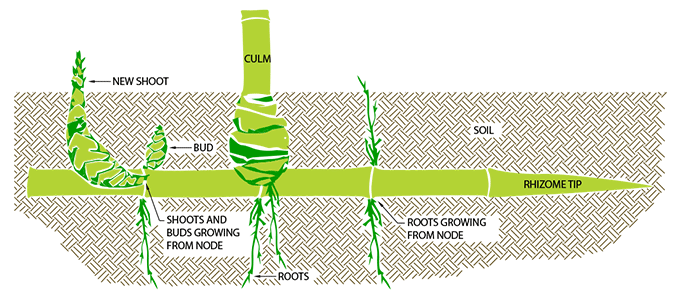 However, the Institute of Food and Agricultural Sciences at the University of Florida warns that, unlike glyphosate, this herbicide has high soil activity. As a result, if the roots of other plants, such as trees and shrubs, enter the treated soil, they may also die.
However, the Institute of Food and Agricultural Sciences at the University of Florida warns that, unlike glyphosate, this herbicide has high soil activity. As a result, if the roots of other plants, such as trees and shrubs, enter the treated soil, they may also die.
Other control methods
Kristin Kress / 500px Prime / GettyImages
To control invasive running bamboo you will need to combine herbicides with other methods. Since bamboo is a grass, frequent and aggressive mowing like a lawn can also help get rid of it. Shearing usually takes two to three years to improve the condition of the bamboo.
Bamboo roots are shallow and usually do not go more than a foot into the ground. Therefore, surrounding bamboo with concrete or metal barriers to a depth of 18 inches can be an effective means of preventing the spread of bamboo. However, for the containment to work, you will need to frequently check the barriers for any rhizomes that have managed to break out.